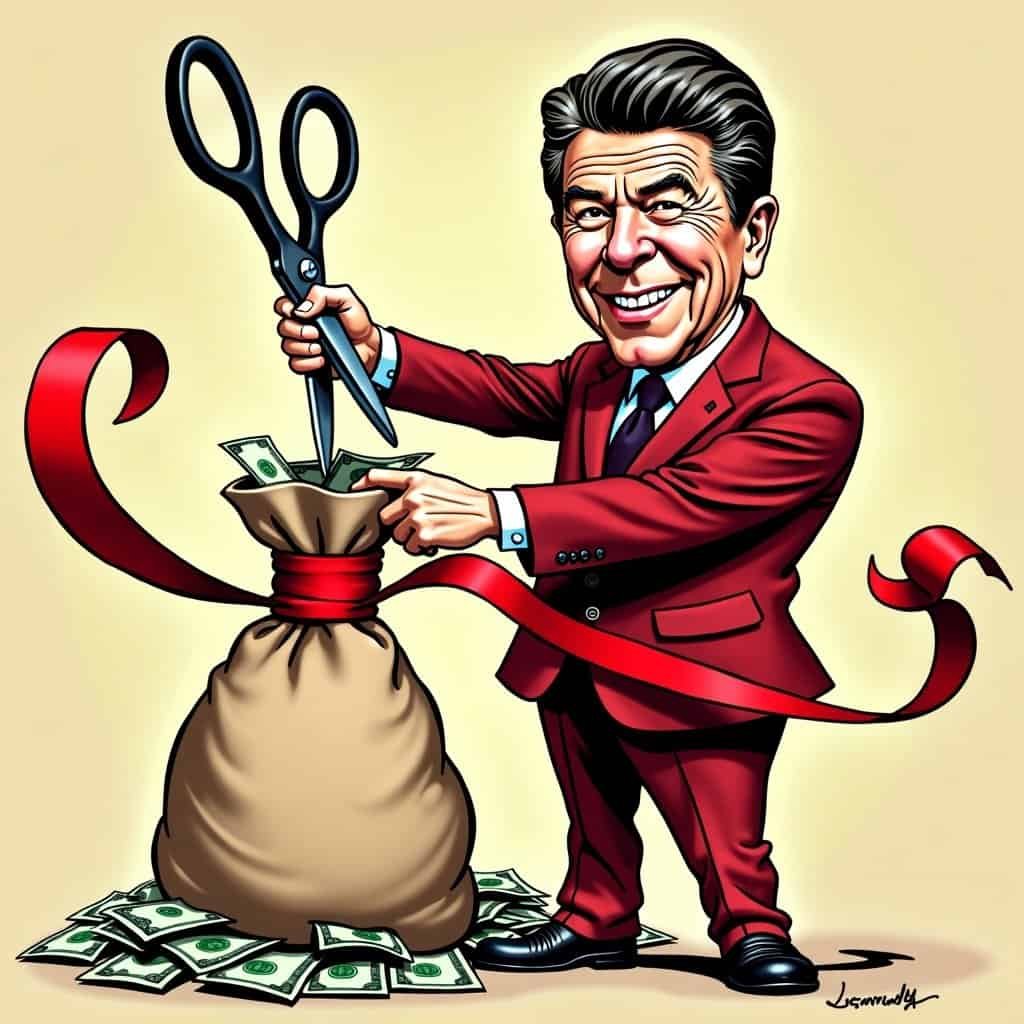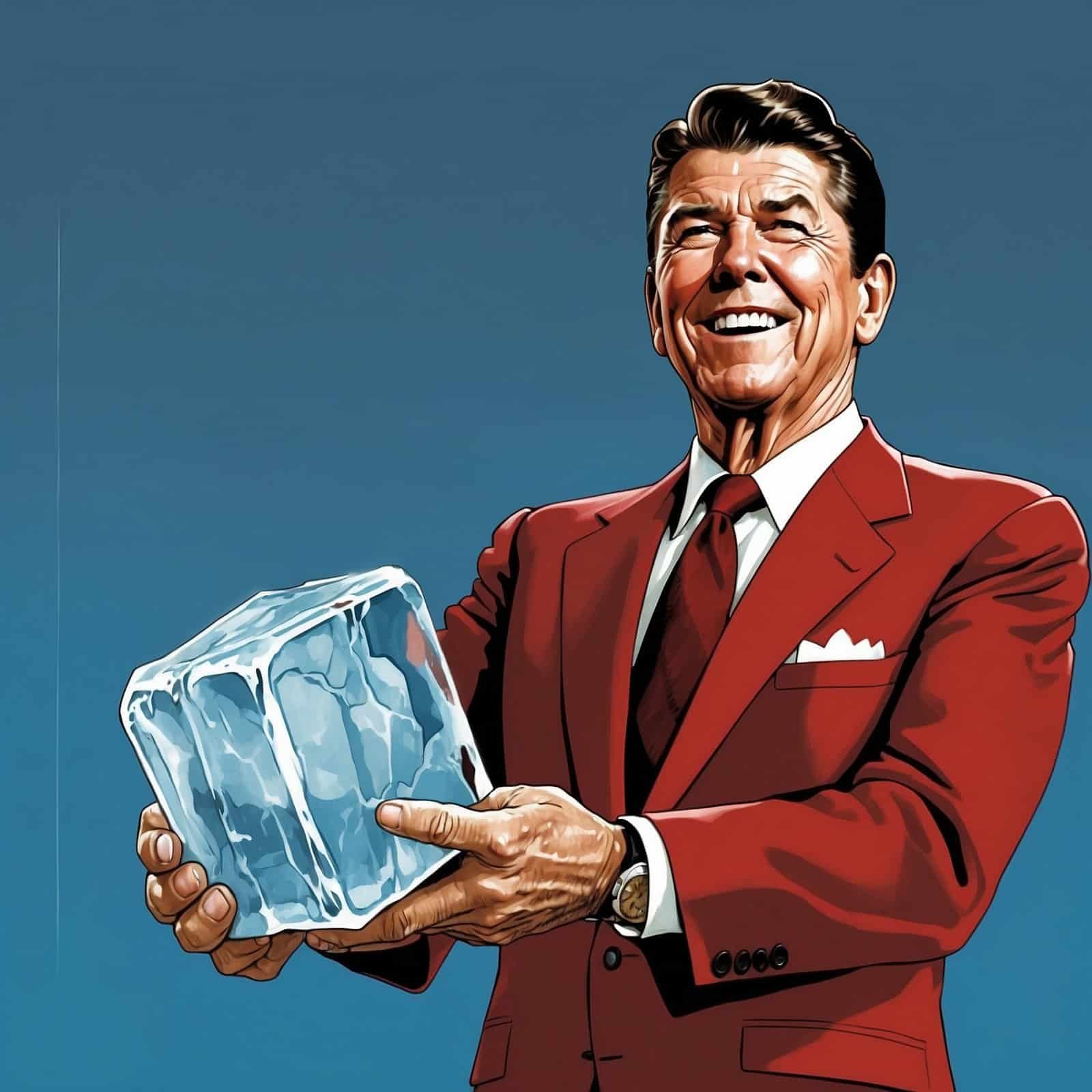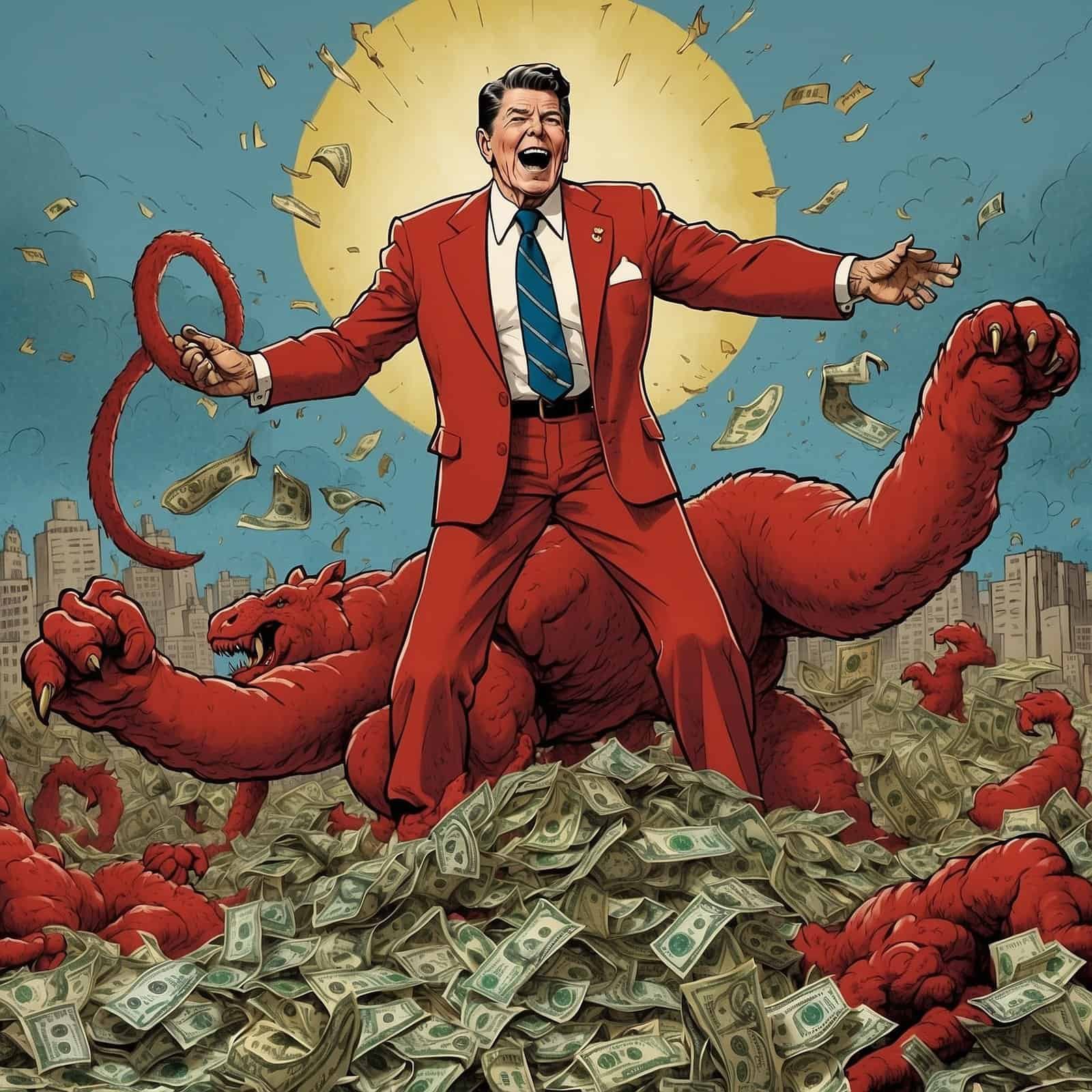Ah, Ronald Reagan. The man, the myth, the jellybean-loving legend. Among his many contributions to the American fabric, perhaps none has stirred the economic pot quite like his stance on lowering capital gains tax. Now, before you start yawning, remember: this wasn’t just some boring financial mumbo-jumbo. It was a bold move that ended up in the conservative economic hall of fame.
Reaganomics, a term that’s practically Reagan’s middle name, aimed to breathe life into an economy that was as lifeless as a Washington, D.C. summer. The capital gains tax was no exception. But why, you might wonder, would cutting taxes for rich investors help Joe and Jane Average? Well, buckle up, because we’re about to take a wild ride through history to answer that one.
Conservatives reckon that when the government eases up on taxes, especially the capital gains tax, people don’t just sit on their money like Scrooge McDuck. No siree, they invest it! And that, my friends, kicks off a domino effect of economic awesomeness. The lower tax rate encourages folks to sell their investments and reinvest, instead of clutching their assets like a security blanket to avoid high taxes.
Reagan’s Tax Act: A Game-Changing Move
Imagine this: It’s 1981, and America is drowning in economic troubles. High inflation and unemployment are like uninvited party crashers. Enter Ronald Reagan, strutting onto the stage with his Economic Recovery Tax Act. This act didn’t just lower the capital gains tax; it chopped it from 28% to 20%. Cue the dramatic music! This move made investing more appealing for everyone from mom-and-pop shop owners to Wall Street bigwigs.
Capital Gains Tax Rate Change
This strategy sparked economic growth, job creation, and innovation. Don’t buy it? Just look at the tech explosion of the 1980s. Companies like Apple and Microsoft, the same ones churning out the gadgets we’re all addicted to today, were able to grow and thrive in an economy that rewarded reinvestment and risk-taking. By lowering the capital gains tax, Reagan’s policies fanned the flames of capitalism, and boy, did that fire roar.
Critics and Counterarguments
Of course, the naysayers – usually from the liberal camp – love to point out that such cuts supposedly favor the rich. Well yeah, it’s no secret that investors typically have fatter wallets than the average Joe. But here’s the kicker: when these investors are nudged to put their money into the economy, that investment doesn’t just gather dust in a bank vault; it creates jobs, funds start-ups, and gets the economic gears turning.
But let’s dig a little deeper into conservative values, shall we? As we often say, it’s not about slicing the economic pie differently; it’s about baking a bigger pie. When the economy grows thanks to lower capital gains taxes, more people get a chance to grab a slice. Our liberal friends might think they can tax and spend their way to prosperity, but that’s like trying to lose weight on a diet of donuts – sounds sweet but totally backfires in the long run.
Conservative vs. Liberal Approach
Compared to the conservative approach, the liberal way of taxing capital gains looks more like trying to swat flies with a sledgehammer. Their end goal is wealth redistribution, which sounds nice if you’re on the receiving end – at first. Yet, by tying the hands of the very people who have the means to drive economic growth, they accidentally put the brakes on the entire economic engine, throwing cold water on investment and innovation.
Conservative vs. Liberal Approach to Capital Gains Tax
| Aspect | Conservative | Liberal |
|---|---|---|
| Tax Rate | Lower | Higher |
| Goal | Economic Growth | Wealth Redistribution |
| Expected Outcome | Increased Investment | Increased Government Revenue |
Reagan’s Legacy
Reagan’s policies were a shining example of conservative principles. Lowering taxes, especially on investments, leads to a healthier economy. Sure, some critics argue that it could widen the wealth gap, but they’re missing the forest for the trees: as the economy grows, opportunities increase for everyone. Even those at the bottom of the ladder feel the boost when the top rung climbs higher.
Liberals can argue till they’re blue in the face about fairness and equity, but Reagan’s lowering capital gains tax is proof that the best way to lift everyone up is to let individuals – especially those with the means to invest – keep more of their hard-earned cash. After all, a rising tide lifts all boats. And in the Reaganomics era, that tide surged like crazy, bringing prosperity to Americans from all walks of life.
So let’s tip our cowboy hats to Ronald Reagan. By lowering capital gains tax, he didn’t just write a chapter in conservative economic policy; he penned an epic saga that continues to inspire and inform. And that, folks, is how you make America grow again.
Table of Contents
- Reagan’s Tax Act: A Game-Changing Move
- Critics and Counterarguments
- Conservative vs. Liberal Approach
- Reagan’s Legacy






